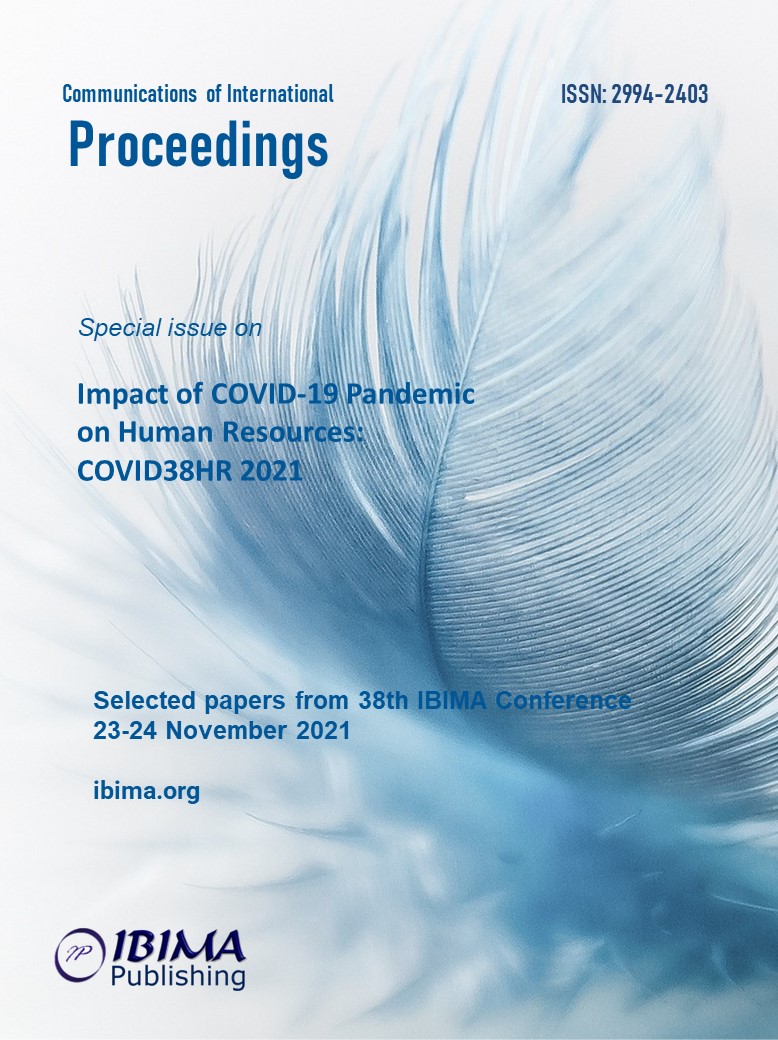
Agnieszka GRZELCZAK and Borys SIEWCZYNSKI
Poznan University of Technology, Poznan, Poland

Purpose: The purpose of this article is to present the results of preliminary research on an assessment of work opportunities and the workplace while working in the office and working remotely for employees in Poland during the Covid-19 pandemic. The study tried to show that the social limitations and distance resulting from the pandemic changed office work into work from home, which forced the need to create a suitable workplace at home.
Design/Methodology/Approach: The research was conducted with the use of the CAWI technique, i.e. a survey method, consisting of 1022 respondents. The study was carried out in the spring of 2021, when the Minister of Health in Poland called on employers to use remote work as widely as possible. The sample selection was random.
Findings: The results show how the form of work has changed in times of restrictions and distance, which in turn indicates the impact of the coronavirus pandemic on changing the workplace of employees.
Practical Implications: The obtained research results may constitute indications for further actions and changes after the Covid-19 pandemic. Before the coronavirus pandemic, remote work was a privilege, in the era of the pandemic it became a necessity. Therefore, it is necessary to look again at the possibilities and limitations of remote work at home from the point of view of housing and architectural possibilities, and on this basis, prepare multi-track activities for the future in many areas: educational, popularizing, educational, legislative and financial.
Originality/Value: The presented results complement the extensive research conducted in the world on the impact of the Covid-19 on remote work. The study was aimed at filling the research gap in Poland.